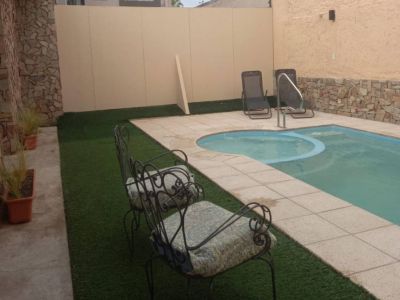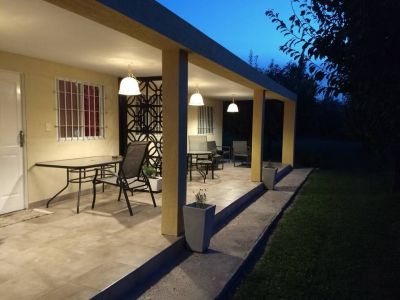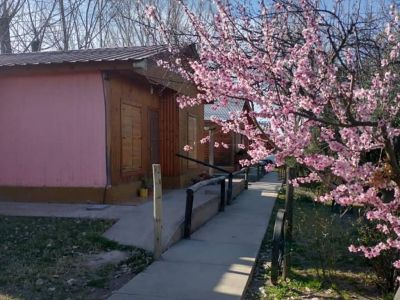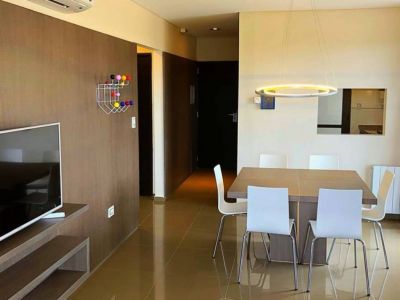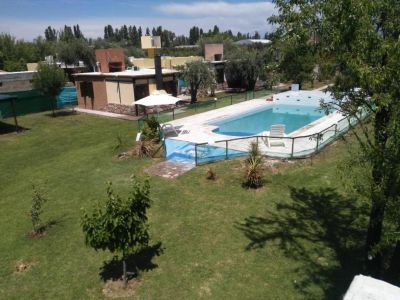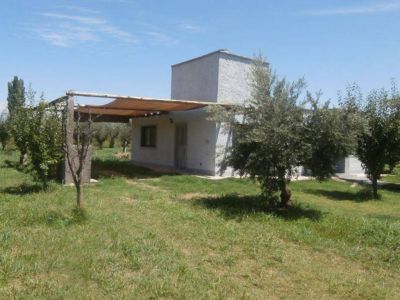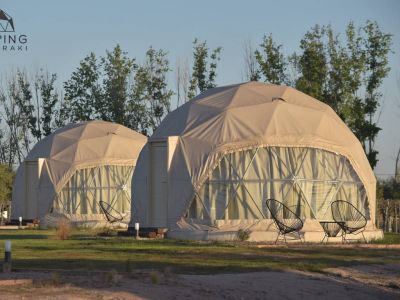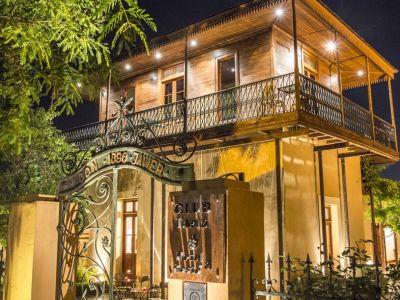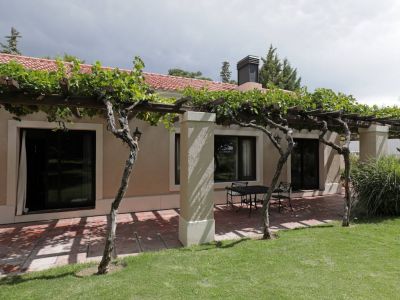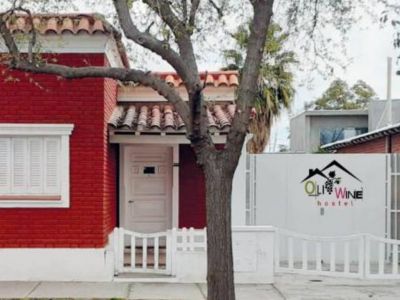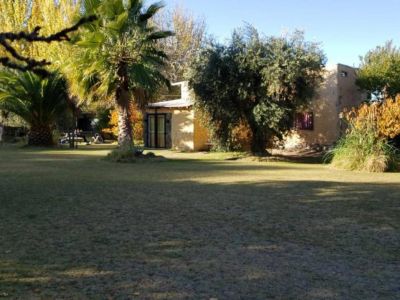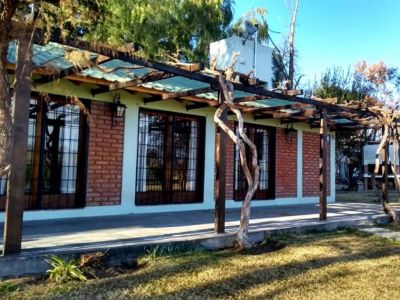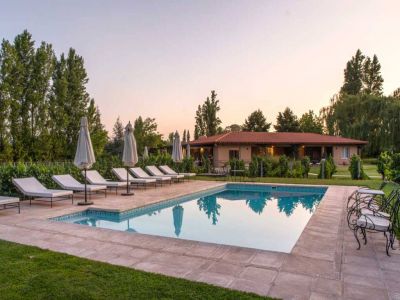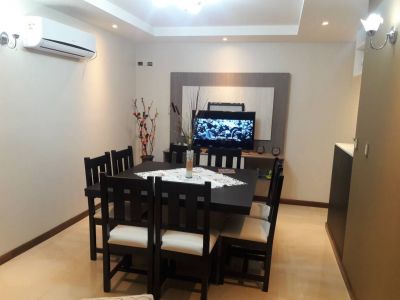Declared national beverage, Argentinian wine features charms and attributes that have made it famous worldwide. Its rich history of effort, tradition and values is to be known.
History goes that Gerónimo Baustista Gargantini, a Swiss immigrant, started a partnership with Juan Giol, an Italian immigrant, in Maipú back in 1896. They both gave origin to what would become one of the first wineries in Mendoza: La Colina de Oro.
Years later, the right decisions and the economic growth of the winery led to the construction of two fancy chalets next to the main building which were called “the landlord’s houses”.
Wine and Grape Harvest Museum
Giol and Gargantini built their residences before 1910. For such purpose, they hired the services of Bolognese architect Manuel Mignani and the well-famed constructor Ricardo Ciancio, who gave an Italian villa style to this undertaking which used to be surrounded –and still is- by huge gardens.
These houses, specially designed to welcome a great number of visitors, were renowned for the parties organized there and the celebrities that attended them. Watching their gardens and large spaces used for the reception gives us an idea of their glorious days and the majesty of the constructions of the time. Large windows and balconies revealed what happened inside the house and vice versa.
According to the oldest denizens in Maipú, a drinkable water system was installed in the chalets in 1910, which came through several filters from the winery itself. They also had electric light. Maipú instead did not enjoy those services yet.
Nowadays, one of these chalets houses the Wine and Grape Harvest National Museum, whose gates are open to visitors from Monday thru Friday.
Callers may watch the first bottles with their corresponding labels, observe the first machines and homemade tools that gave life to the future winemaking industry or else see each of the corners of this gorgeous house during the guided tours available every hour to show tourists everything about the history of wine.
Pablo Etchevers
Pablo Etchevers















